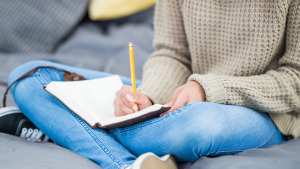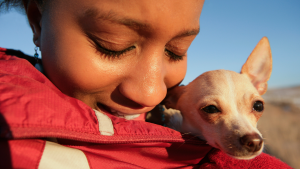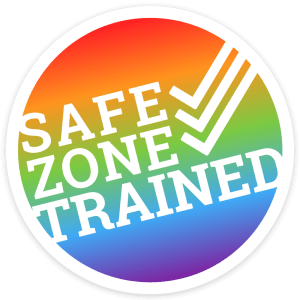Mindfulness for Teens
She glided on the ice, one blade slicing down and then the other. The cold air brushing against her face as she picks up speed, her body swaying from side to side in a balanced motion. It feels effortless, the puck like a magnet drawn to her stick and she pushes and pulls it back and forth heading towards the net. Perfectly lined up, she leans in for the shot – this the only thing in sight, the only thing in her mind.
Have you ever been in the moment of something you enjoyed so much – something that you were passionate about?
There’s nothing quite like it – there’s no thinking about the things you said or did that day. There’s no getting lost in a daydream (or nightmare) about future scenarios. It is quite simply being and experiencing that very moment.

Photo by Canva
These moments, they come and go and sometimes can feel few and far between. Instead your life is filled with rumination of past scenarios, playing them back in your head over and over again with the ‘shoulds’ and ‘coulds’ of how it might have played out instead. Or perhaps you spend most of your time worrying and wondering about things that haven’t even happened yet, self-doubt enters here in the ‘what ifs’ of another time in the future, even 20 minutes from now.
Being present can be this elusive, sneaky thing that you seldom experience. When you do, you know it, you might even love it. So let’s look into how the brain becomes present, why it does this, and how it can help you overcome anxiety and depression.
Mindfulness for Teens: What’s Going on in the Brain
Let’s take a moment to talk about brain science. The brain has 4 different attentional networks, it is pretty amazing. I’m going to focus on one in this article, but if you want to learn more about this – you can always check out this article and this video.
The attentional network that I want to share about is called the Default Mode Network (DMN). It is activated when your brain is thinking about past and future things. It is the part of the brain that is activated in daydreaming and imagining what someone else is experiencing, which can be linked to creativity and empathy. It is also activated when you get caught in thought loops and rumination, which is often linked to anxiety and depression. So really, it is not good nor bad. But we are discovering that when our DMN is overly active it is harder to stay present to what is happening now in your world making it harder to stay on task, set goals and get stuff done. An overly active DMN is also linked to anxiety, depression and other mood related disorders.
So the DMN is a great network to have in the brain because without it, we wouldn’t have a lot of new ideas or feel a lot of empathy for others.

Photo by Canva
The more you activate your other attentional networks, which help you pay attention to your experience going on around you, the more you have a real time evaluation of what you are experiencing in your body and mind which helps you to become a stealthy responder.
Being Mindful for Teens
Remember that the DMN leads to thought loops and rumination- getting caught in thoughts that don’t always serve you the best. Here are some more common ones:
- I don’t deserve to be happy

Photo by Canva
- I always mess it up
- I’m not good enough
- People end up leaving me
- People can’t be trusted
- I’m a bad person
- I am damaged- there is something wrong with me
- I don’t belong
- I am a failure
- The world is unsafe
- It’s not ok to feel my feelings
- I have to be perfect
There are many more – and as you might notice, they all have something in common. They make you feel pretty crummy if you believe them to be true. When you switch to being present to what’s going on around you, you shut the DMN off for some time and give yourself a different perspective- a different experience. You become aware and present.
You can notice your inner world experience which includes, your bodily awareness (sensations in the body), your feelings, your thoughts, AND you become aware of your external world – what is surrounding you and how you experience it with your senses (what you see, hear, feel, taste, touch, and smell).
Henrik Edberg writes about 7 awesome reasons to be present here. In his article he talks about how being present helps improve social skills, creativity, and reduces anxiety. If these don’t sound like pretty good reasons to bring more presence into your life, how about increasing your happiness and reducing stress?

Photo by Canva
Mindfulness for Teens – Not all Butterflies and Unicorns
I think it’s important to write about the fact that being more present in your life isn’t a guaranteed happiness fix. Just because you are present to what you’re experiencing doesn’t mean you no longer feel sad, angry, or bored. What Willa Blythe Baker shares in the 10% happier podcast is that being present can change your relationship with your feelings, in particular the ones that you tend to find difficult to experience.
Ok, so imagine you are scared of spiders (I don’t really have to imagine this one). Anytime you think of a spider or if a spider is near you, you get this pretty intense reaction. For me, it’s like a constant shiver down my spine and I feel super jittery and nervous. I want the spider gone- out of sight. Sometimes, we have the same opinion about some of our feelings- we just want them to go away and never come back. The thing that presence can teach you, is that feelings (ALL feelings) are a part of being human and they aren’t really like villain vs. hero feelings- they are inner experiences giving us information. Kind of like data being fed to a computer to respond.
So, in becoming more present- instead of anger being an intense hurricane of fiery eyed rage, it may be more of a discomfort letting you know you are not ok with something that just happened, calling you to notice and respond. Instead of sadness taking you into the black hole of despair and hopelessness, it may be more of a suffering letting you know you need more connection.
Being present may mean sometimes you start to focus on your experience, and what is there is not warm and fuzzy. It can be helpful to keep in mind that everything we experience is temporary so even if what you notice is uncomfortable or challenges you, know that it will not be there forever.

Photo by Canva
Mindfulness for Teens – 10 Practical Ways to Apply it in Your Life
Are you ready to shrink anxiety and depression from your life? Here are ten ways you can start being more present- Start by picking 1 and try it out everyday for a week. Notice what it’s like for you – how easy-medium-hard it is – what you like or dislike and anything else you become aware of.
- Tune into your senses – Your senses are what you see, feel, hear, smell, and taste. Take a moment to check-in with your senses. You can try noticing 3 things you see, 3 things you hear, and 3 things feel. Or you can 54321- 5 things you see, 4 things you feel, 3 things you hear, 2 things you smell, and 1 thing you can taste right now.
- Observe your thoughts – Like watching your thoughts float past you on clouds or on leaves in a river, allow yourself to be curious as you watch them come up and float away. Try doing this for 1 minute. If your mind wanders away with your thoughts (which it usually does)- as soon as you notice, gently remind yourself to get back to watching them float by.
- Notice your breathing – Without changing the rhythm of your breathing, see if you can bring your attention to your breath in and your breath out. You can try Imagining that your breath is coming in and out from your heart centre and repeat for 9 breaths. You can also try placing a hand on your chest and one on your stomach and just notice as you breathe, the natural movement of your chest and stomach. Try this one for 1 minute.
- Try Meditation – Meditation can be a great way to become aware of your present moment. There are many guided meditation options available. You can try getting started with Insight Timer or Headspace or even find your own. If you have never meditated before, I recommend starting with something nice and short.

Photo by Canva
- Make art – Making, building, baking, creating- brings you into the present moment. Pick up your art supplies and go to town.
- Check out where you are – Literally ask yourself where parts of your body are as a way of getting oriented to where you are in the space. You might be surprised that where you locate yourself is not quite how you imagined. “Where is my left big toe?” and as you do that your attention and awareness will find its way to your left big toe. “Where is my left elbow?” and see if you can allow your awareness to go there. Try finding where your- right index finger, your left calf muscle, your right ear, your left thumb, your right eye and your left eye are.
- Have a conversation with someone with no distractions – this is an invitation to put down your phone and all other things that may distract you and to have a conversation with someone. You may try listening without planning your response, knowing that you don’t need to know the right reply, maybe even let go of the idea that there is such a thing as a right reply.
- Do something with intention – Choose an activity that you can do for 10 minutes or so. As you begin, see if you can be intentional and thoughtful through the process. If you choose to colour for example, think about where you’d like to colour, what surface would be best, what image you would like to colour, what type of colouring tools you will use. As you sit and begin, see if you can remain thoughtful by being aware of the pressure you are applying to the paper, what the crayon feels like, what the colours look like on the paper, etc
. - Try GLAD – Name 1 thing you are grateful for today, 1 thing you learned today, 1 thing you accomplished today, and 1 thing that delighted you today.
- Celebrate the small delights – Maybe your hair is falling just right or you got to have a hot chocolate today or your friend messaged you something that made you laugh. This is about noticing and celebrating those delightful little moments throughout the day that can so quickly go unseen when we aren’t paying attention.

Photo by Canva
Bringing mindfulness and presence into your life as a teen will set you up for happiness long term. This is one of the many skills we build on the roadmap to what YOU consider your best life. You and your parents can begin navigating your journey through mindfulness, on your way to happiness for life, with my signature coaching program: The Happiness Pill Program.
Love,
Chantal

Chantal Côté (she/her) is a psychologist and teen life coach living in Calgary, Alberta. After over a decade in non-profit and community mental health, Chantal started Pyramid Psychology, a practice dedicated to supporting teens – a population she is constantly amazed by. Chantal is on a mission to help 100,000 teen girls (and their parents) build bulletproof mindsets so they can weather the ups and downs of life. As part of this goal, Chantal has had the privilege of speaking at various events – virtual and live – to support teens and parents.
Outside of this passion, Chantal is often in nature, writing poetry, playing ball hockey and hanging out with her loved ones.
Each week, Chantal writes a blog article in response to issues she hears from the parents and teens she connects with.
If you have something you’d like to read more on – email ideas and questions to info@pyramidpsychology.com or DM us via Instagram or Facebook.


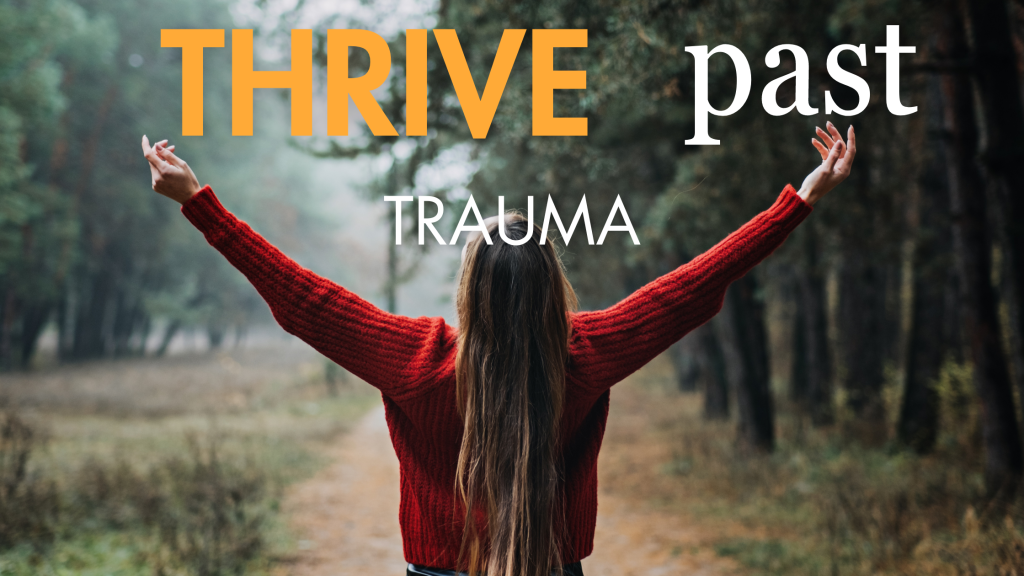






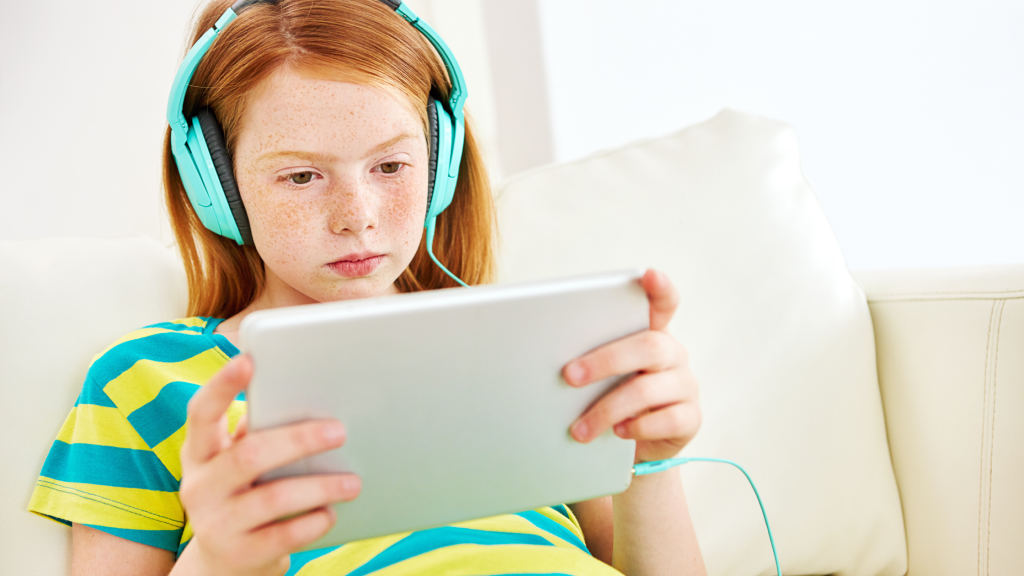


 What I would tell my younger self (younger sibling). When I ask this question 9 times out of 10, teens tell me their advice for their younger person would be to wait as long as they can before they start using social media, to avoid platforms that constantly show them videos and pictures they compare themselves to, and to enjoy things outside of screen time.
What I would tell my younger self (younger sibling). When I ask this question 9 times out of 10, teens tell me their advice for their younger person would be to wait as long as they can before they start using social media, to avoid platforms that constantly show them videos and pictures they compare themselves to, and to enjoy things outside of screen time.
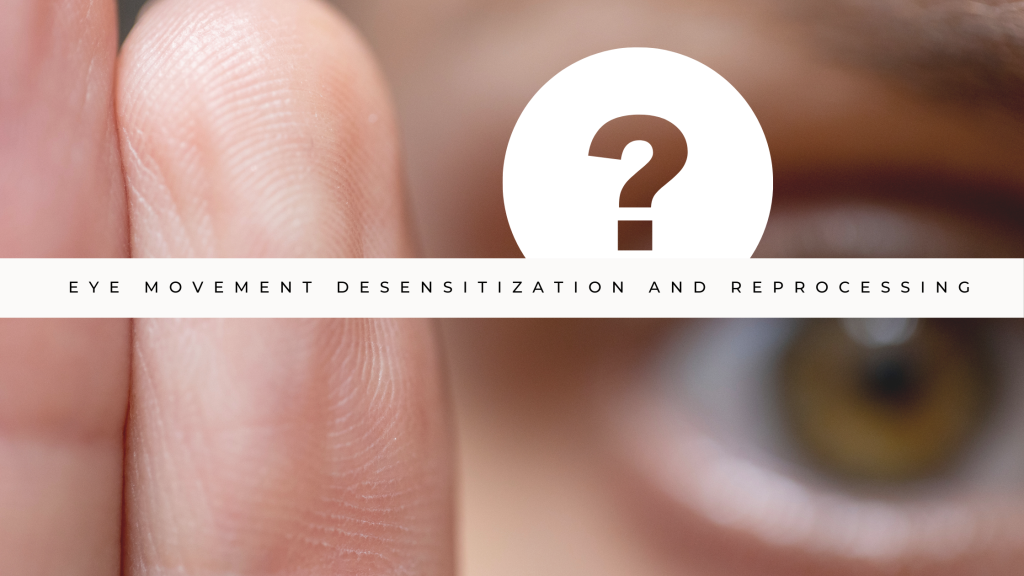





 Hello, my name is Tara, and I am a graduate student in counselling, I will be doing my practicum at Pyramid Psychology and I am very excited to practice all the skills I have learned as well as develop new relationships.
Hello, my name is Tara, and I am a graduate student in counselling, I will be doing my practicum at Pyramid Psychology and I am very excited to practice all the skills I have learned as well as develop new relationships.















 I am a registered social worker with a Bachelor of Social Work with a major in psychology from the university of the Western Cape, and a Master’s in Clinical Social Work specialization with individuals, families, and groups from the University of Calgary.
I am a registered social worker with a Bachelor of Social Work with a major in psychology from the university of the Western Cape, and a Master’s in Clinical Social Work specialization with individuals, families, and groups from the University of Calgary.










